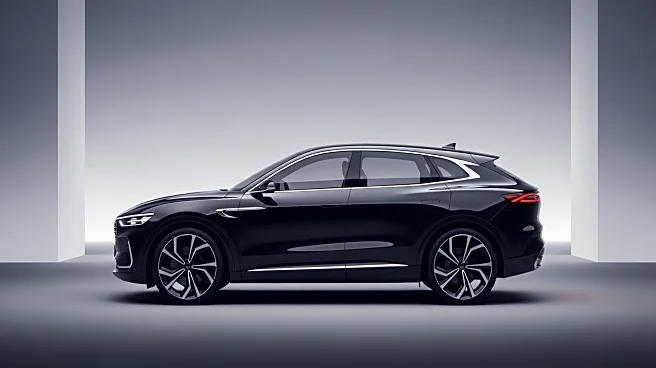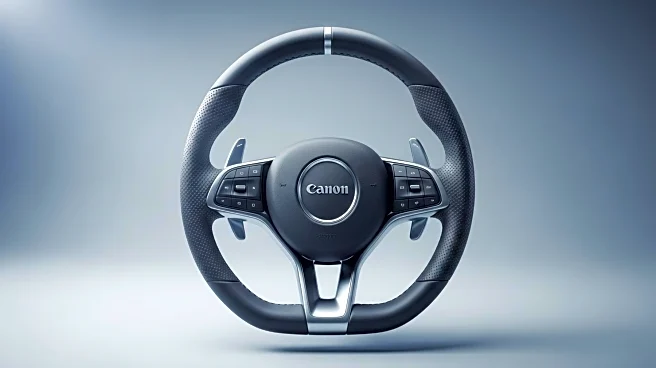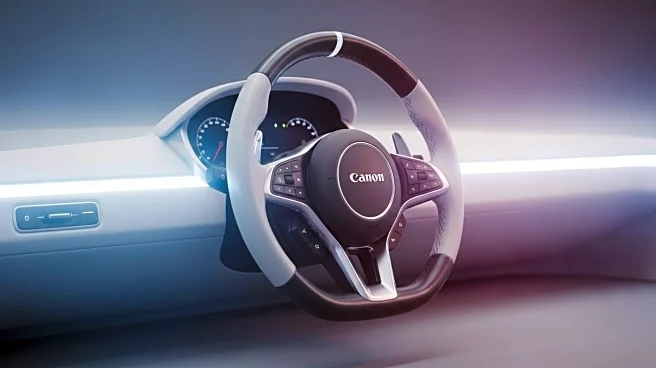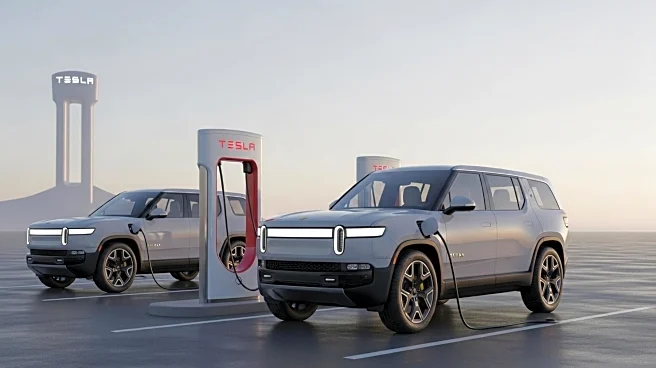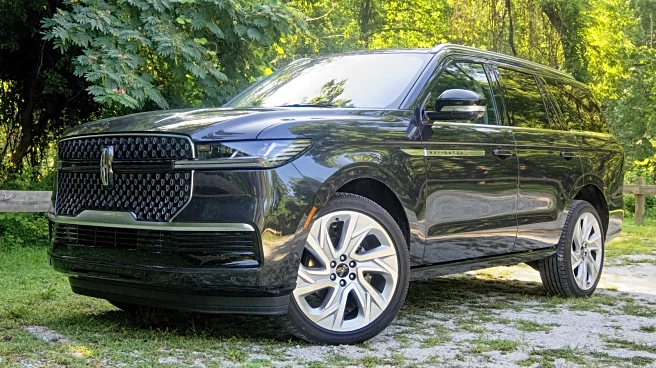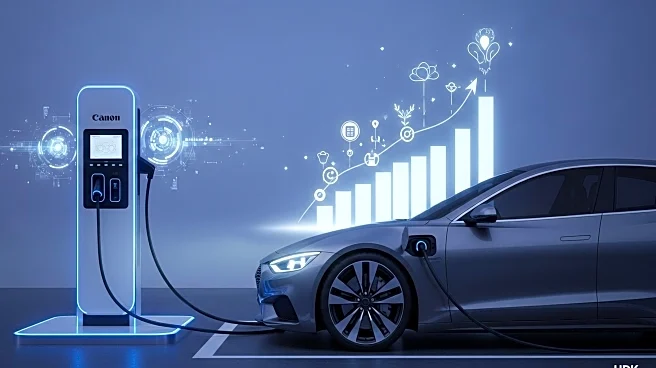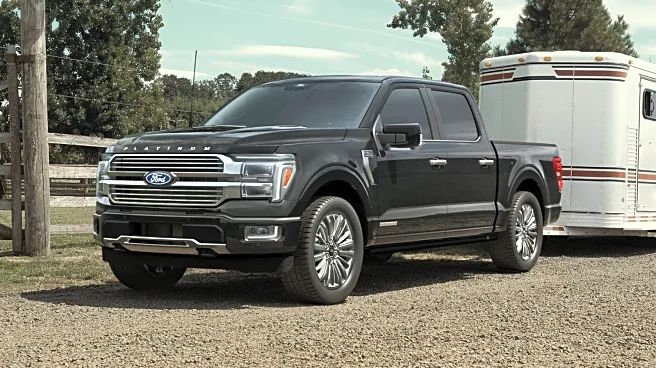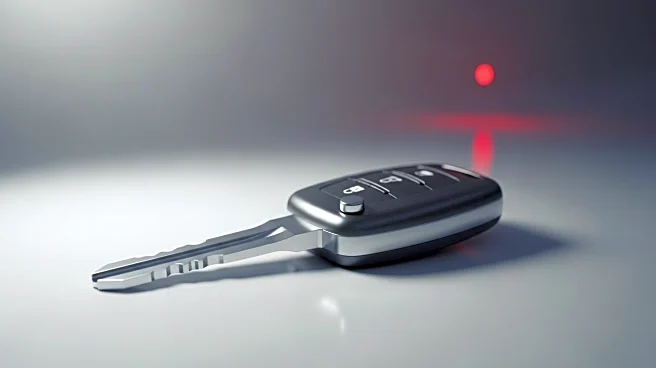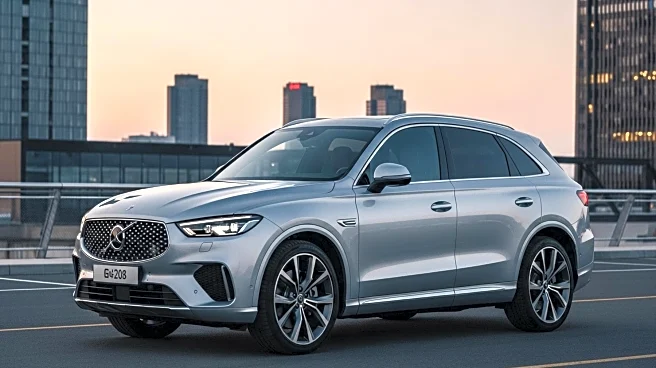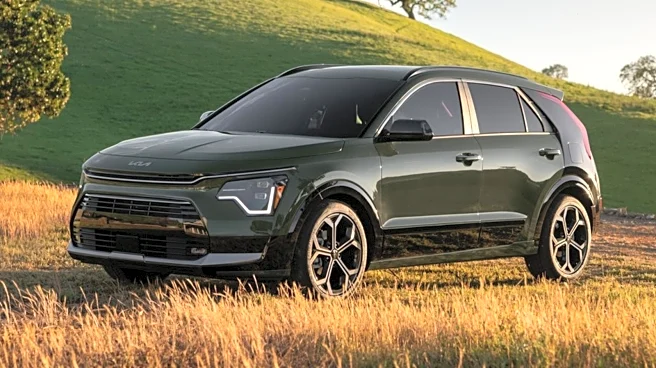What's Happening?
Consumer Reports has reviewed the 2025 Lincoln Navigator, highlighting several design and feature issues that detract from its luxury appeal. The review points out that the vehicle's redesign includes excessive feature upgrades, such as an oblong steering wheel and frustrating controls, which do not justify its high price tag. The Navigator, a luxury SUV, is noted for its sleek styling and upscale features, including a 48-inch display, massaging seats, and multisensory relaxation modes. Despite these features, the review suggests that the Navigator feels more like an overpriced Ford Expedition rather than a true luxury competitor to brands like Cadillac or BMW.
Why It's Important?
The critique from Consumer Reports is significant as it impacts the perception of Lincoln's flagship luxury SUV in the competitive automotive market. The Navigator's high price point, starting around $100,000, and its limited sales could affect Lincoln's market share and brand reputation. Potential buyers may reconsider their options, opting for more cost-effective alternatives like the Ford Expedition or Nissan Armada, which offer similar capabilities at lower prices. This review could influence Lincoln's future design and marketing strategies, as well as consumer preferences in the luxury SUV segment.
What's Next?
Lincoln may need to address the criticisms raised by Consumer Reports to improve the Navigator's appeal. This could involve redesigning certain features to enhance usability and justify the luxury price tag. Additionally, Lincoln might consider adjusting its marketing strategy to better align with consumer expectations for luxury vehicles. The automotive industry will be watching closely to see how Lincoln responds to this feedback and whether it will impact sales of the 2025 Navigator.
Beyond the Headlines
The review raises broader questions about the balance between luxury features and practical usability in high-end vehicles. It highlights the potential pitfalls of prioritizing style and gadgetry over functionality and comfort, which could lead to a reassessment of design priorities in the luxury automotive sector. This critique may also prompt discussions about consumer expectations and the true value of luxury branding in the automotive industry.
